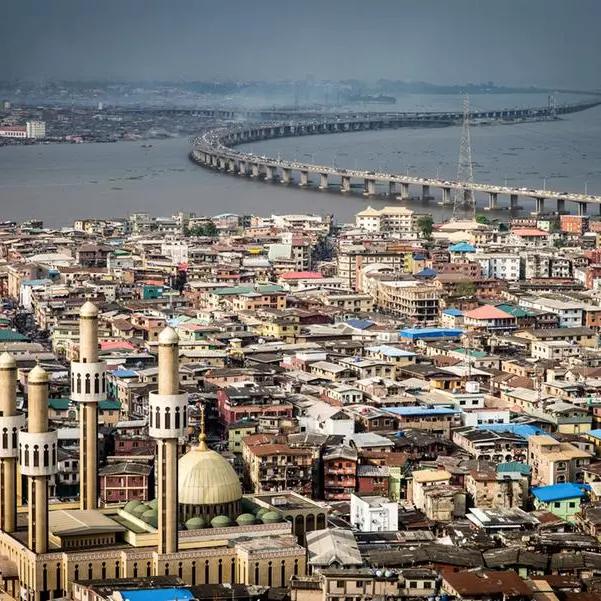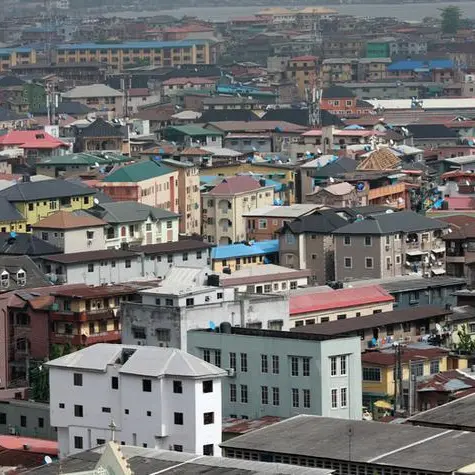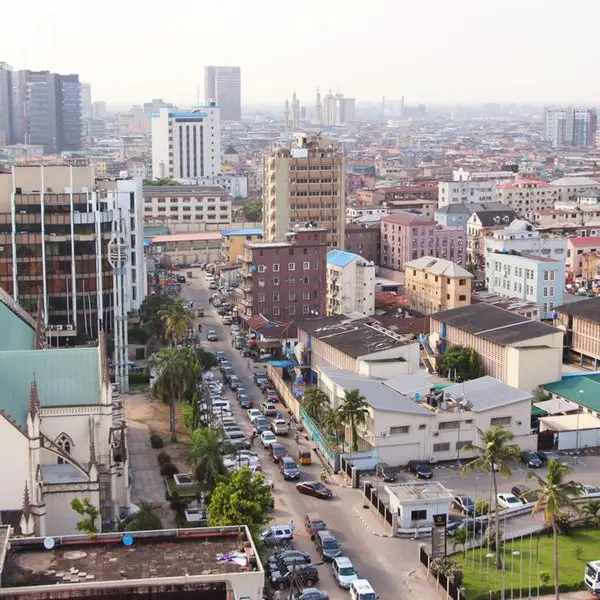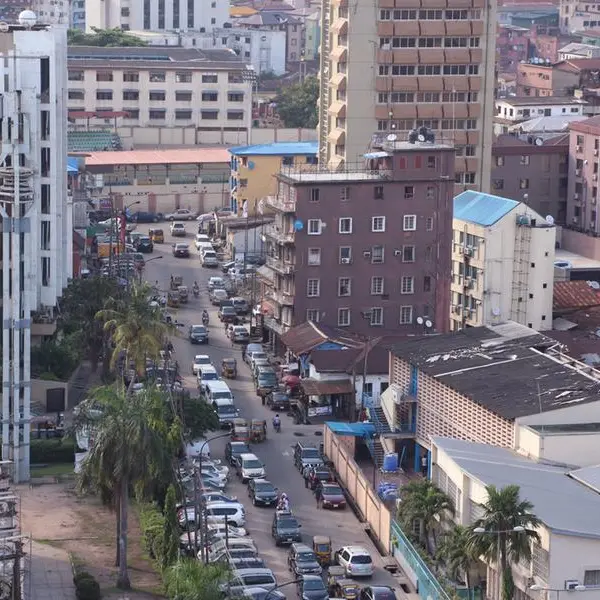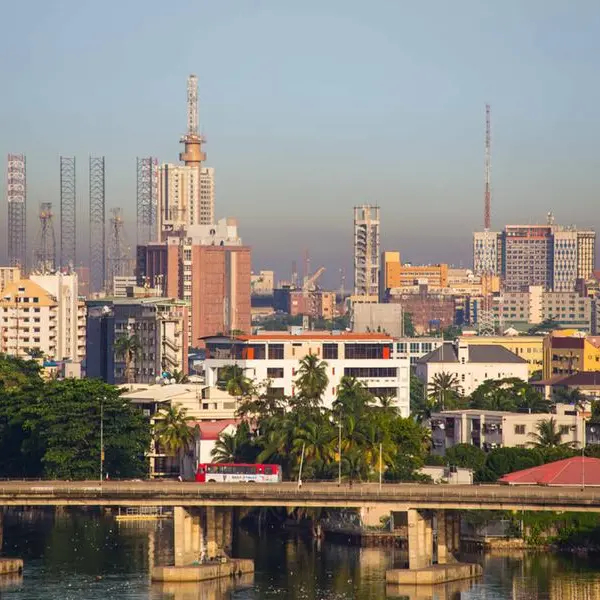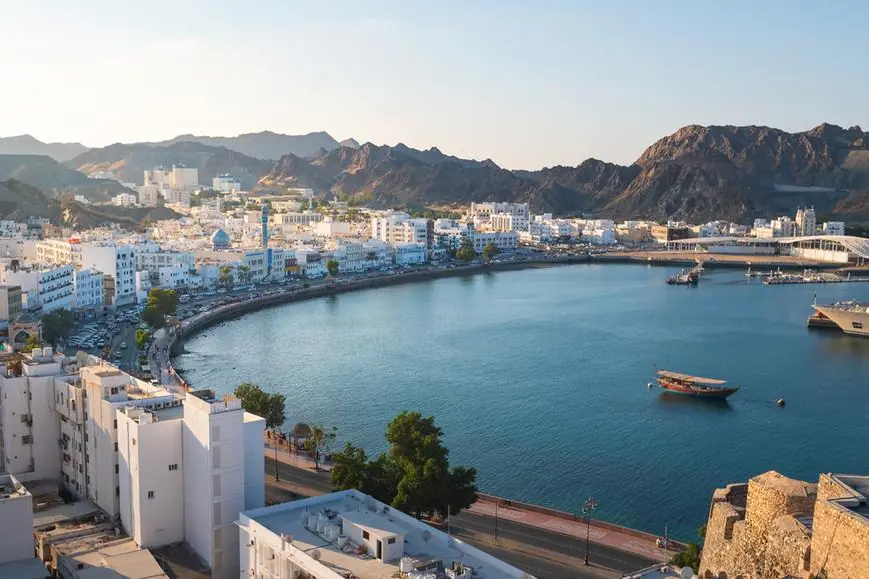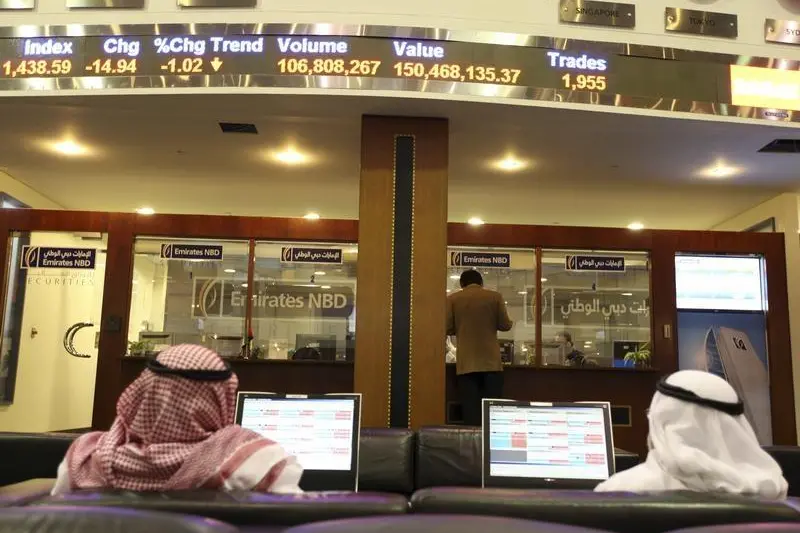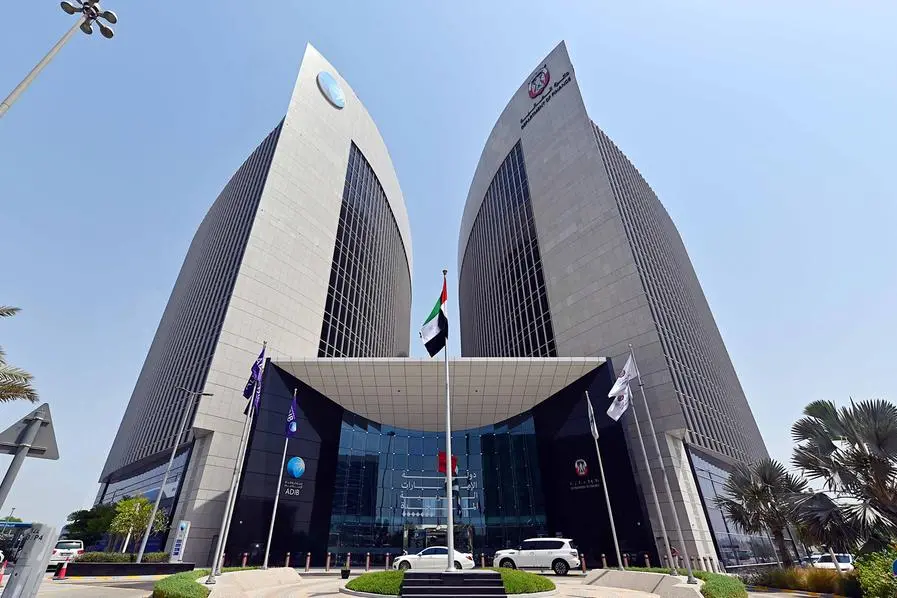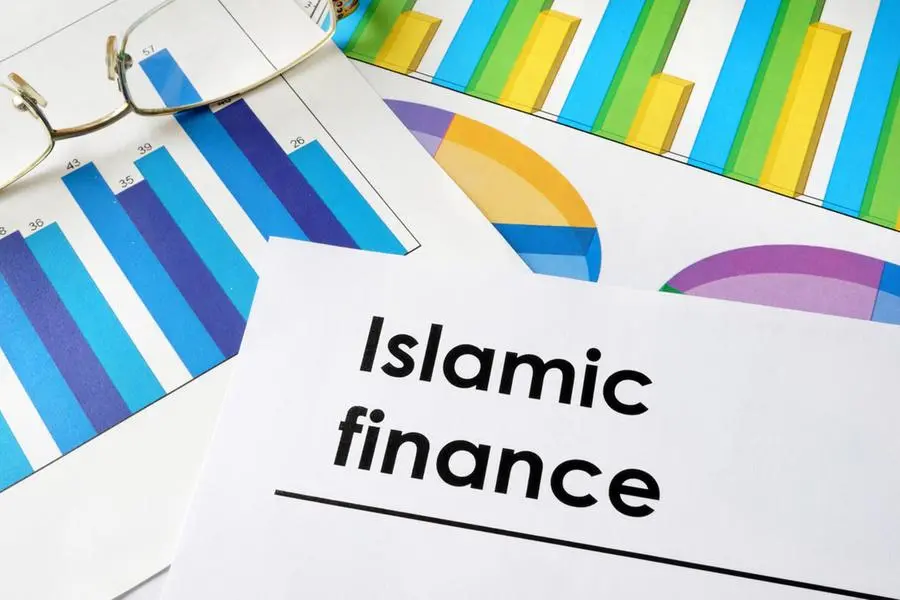PHOTO
Economy graph. Getty Images Image used for illustrative purpose.
The International Monetary Fund’s deputy division chief in the Africa Department spoke to Julians Amboko and shed light on its forecast for East Africa and policies that are likely to turn around African economies.
The April 2024 report downgrades IMF’s growth forecast for sub-Saharan Africa to 3.8 percent from the 4.0 percent that was projected just six months ago. What informs this downshift in IMF’s outlook for the region in 2024 at a time when it looks like there is a lot that seems to be turning for the better?In general, 20.0 basis points (from 4.0 percent to 3.8 percent) of a revision is generally small and overall, the main message to take away from this April report is that after two years of sluggish growth, there are signs that the economy is on the mend. We are seeing two-thirds of the countries in the region registering positive growth in 2024 relative to 2023, but if you look closer, there is certainly a lot more heterogeneity.
South Africa is projected to grow by just 0.9 percent which is lower than expected due to ongoing energy shortages and then on the other end of the spectrum, you see high-growth countries like Senegal and Niger on the back of coming online of carbon and gas projects. More generally, towards the medium-term non-oil and non-commodity type of economies are projected to perform much better at almost twice the growth rate compared with those that have commodity exports as their main revenues.
IMF forecasts that East Africa’s economy, projected to grow by 5.8 percent in 2024, will markedly outperform sub-Saharan Africa’s economy, which is projected to grow by 3.8 percent. What makes East Africa an outlier in this case?Many East African countries are diversified economies and therefore we project higher growth rates. Because of the structure of the economies, they are not as much affected by commodity shocks such as oil shocks. Tourism has significantly improved after the pandemic and we continue to see that trend.
Speaking about commodity-related shocks, we have seen the recent developments in the Middle East with what appears to be an escalation between Iran and Israel. How does this wild card then fit into the latest projections made by the IMF?We are living in a shock prone world and I think there are a couple channels through countries in sub-Saharan Africa would be impacted in terms of oil prices, supply chain disruptions, food prices and fertiliser prices, all which we have seen with the war between Russia and Ukraine and we are looking out for especially because of the incidence of food insecurity in sub-Saharan Africa. In 2024, IMF projects 140 million people in the region will be acutely food insecure. Another challenge is that these types of shocks demand more resources from economies in sub-Saharan Africa to be able to react to the shocks and unfortunately the funding squeeze, which we talked about last year is still ongoing and constraining what governments can do in response to shocks.
Just how worse do the escalating tensions between Israel and Iran and the ensuing spillovers risk amplifying the already tight global markets that have been described as ‘the funding squeeze’?We still see the funding squeeze affecting the region and let me just note that it is a confluence of both the shocks that we are talking about and also structurally long-term factors part of which is the official development assistance which has been steadily declining apart from what we saw in 2020 in terms of the pandemic relief but we are seeing some of the lowest amounts relative to GDP over the past fifteen years. The shocks in the Gaza region are contributing as well to a diversion of aid which would have otherwise come to the regionHow exactly does the Fund see fiscal consolidation being realised?By tax measures and fiscal consolidation, we don’t just mean an increase in tax rates but laying emphasis on broadening of the tax base. Governments need to cut budget deficits without undermining development. There are a couple of priorities that we recommend one being to simplify the tax system and the other is to reduce costly exemptions and loopholes. The other priority we recommend is the increase of tax compliance and lastly is to leverage technology and have digitalisation help in making tax administration more effective.
Is the IMF concerned about the pace of debt distress resolution for frontier markets and to what extent is this derailed resolution impacting 2024’s growth outlook?The Fund’s position has always been that we do not assess comparability of treatment and neither do we comment on its adequacy. That’s really under the purview of the Official Creditors Committee. That said, on the pace of resolution each case now is taking progressively less time as we have seen and we hope that this will continue in the future. In terms of the impact on growth projections,Zambia, Ghana and Ethiopia do not take a large share of the total growth of the forty-five countries that we cover. Of course, we take debt sustainability risks seriously and that is a downside risk going forward and it is really the liquidity issue that we are worried about for many of the countries that have repayments coming up. © Copyright 2022 Nation Media Group. All Rights Reserved. Provided by SyndiGate Media Inc. (Syndigate.info).

